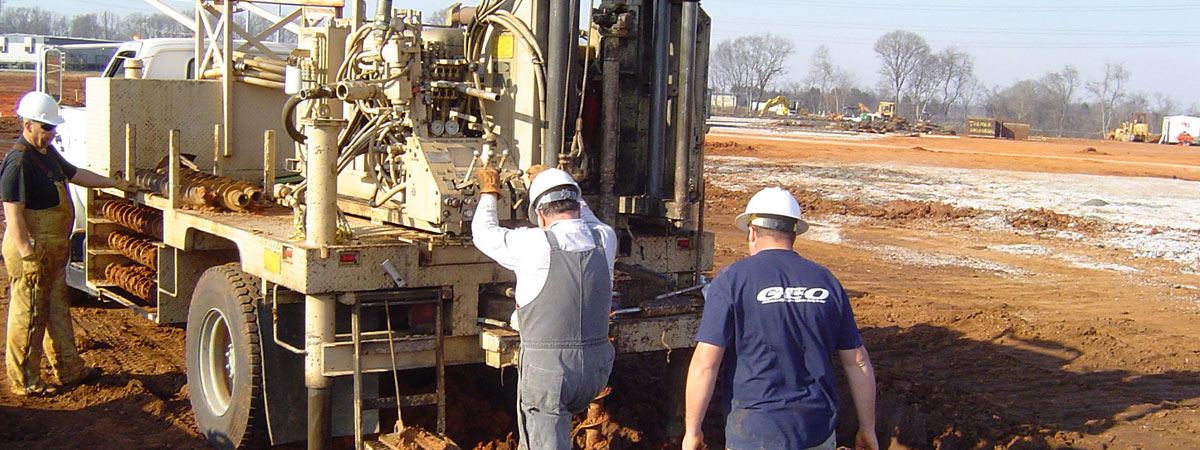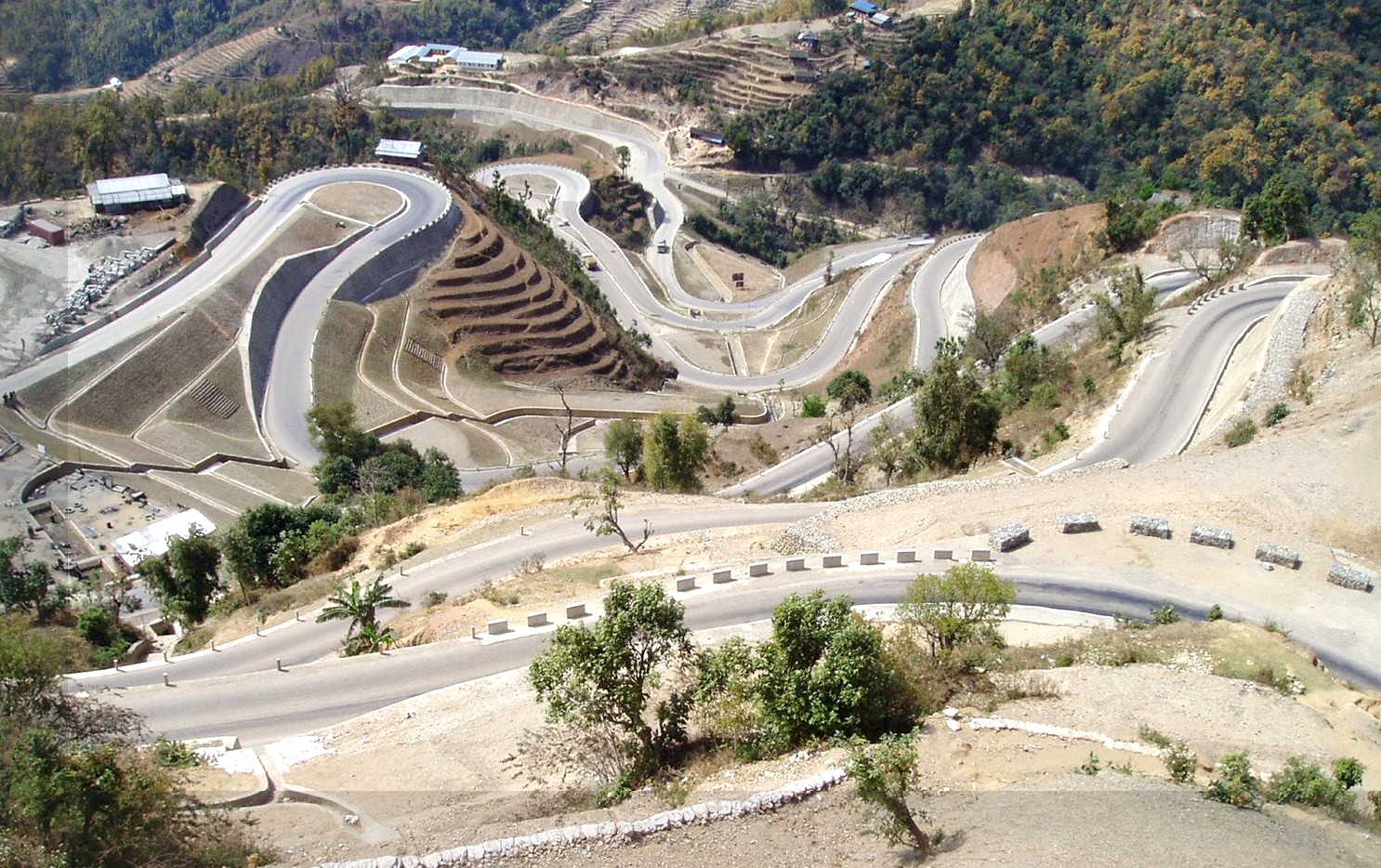How a Tailings Engineer Can Enhance Waste Management for Mining Workflow
Wiki Article
The Interdisciplinary Approaches in the Geotechnical Industry: Connecting the Void Between Engineering, Geology, and Environmental Science for Optimum Project Outcomes
The combination of design, geology, and environmental science within the geotechnical sector is not merely beneficial; it is important for achieving ideal job outcomes. This interdisciplinary cooperation fosters an extensive understanding of complex site problems, permitting for innovative solutions to emerge. By taking a look at vital roles and successful situation studies, we can uncover the vibrant interaction that drives task success. Nonetheless, difficulties continue to be in successfully handling these multidisciplinary initiatives, elevating concerns about future trends and possible innovations. What techniques might arise to promote this vital partnership and boost the efficacy of geotechnical methods?Importance of Interdisciplinary Collaboration
The importance of interdisciplinary partnership in the geotechnical sector can not be overstated. Reliable geotechnical tasks need the assimilation of diverse knowledge from various areas, including design, geology, and ecological science. This partnership makes sure that all elements of a job are taken into consideration, causing thorough services that attend to complicated obstacles.When working in seclusion,Interdisciplinary cooperation promotes innovation by making it possible for specialists to share understandings and methods that might not be evident. By leveraging the staminas of several techniques, groups can recognize possible risks, enhance design procedures, and improve the sustainability of geotechnical projects. Moreover, such cooperation promotes a holistic understanding of site-specific problems, which is critical for accurate assessment and decision-making.
The complexity of geotechnical projects requires a collaborated method to analytic. Inevitably, interdisciplinary cooperation is important for advancing finest techniques and attaining quality in the geotechnical market.
Trick Duties of Each Self-control
Partnership among different self-controls is not just useful; it is crucial for the successful execution of geotechnical projects. Each discipline-- design, geology, and ecological scientific research-- plays a distinct yet interconnected duty that adds to project effectiveness and sustainability.Geotechnical engineers are primarily in charge of making foundations and ensuring structural honesty. They examine soil and rock properties to assess load-bearing capacities, supplying vital data for secure construction practices. Their know-how makes it possible for the solution of innovative remedies to complex obstacles.

Environmental researchers evaluate the possible effects of construction on ecosystems and water resources. They carry out environmental analyses and create mitigation approaches to decrease damaging effects. By incorporating environmental considerations, they make sure conformity with laws and promote sustainability throughout the task lifecycle.
Situation Research Studies of Effective Combination
Successful combination of geotechnical techniques can be exhibited with various instance researches that highlight the effectiveness of team effort in dealing with intricate engineering challenges. One notable instance is the building and construction of the Hong Kong-- Zhuhai-- Macau Bridge, where a joint method including geotechnical design, geology, and ecological scientific research was critical. Rock hounds and designers functioned in unison to analyze the seabed problems and optimize the structure design, making sure security and minimizing environmental effect.One more impactful case is the renovation of slope stability in the San Francisco Bay Area, where an interdisciplinary team incorporated geotechnical analysis with ecological evaluations. By integrating hydrological researches and geological studies, the team properly determined possible landslide threats and executed reliable mitigation procedures, enhancing security and sustainability.
Moreover, the redevelopment of Brownfield websites often calls for a multidisciplinary technique. In one case in Chicago, cooperation amongst geotechnical designers, environmental scientists, and metropolitan coordinators caused the successful removal of contaminated soil, permitting the risk-free improvement of the website into a neighborhood park. These instance researches show that interdisciplinary collaboration not just addresses technical difficulties yet additionally promotes ingenious options that profit both tasks and neighborhoods.
Difficulties in Multidisciplinary Projects

Furthermore, collaborating schedules and process among different teams can be bothersome, specifically when each technique has special task turning points and deliverables. This misalignment can result in delays and increased expenses. The difficulty of resource allotment also impends large; making certain that specialized know-how is available at essential points needs mindful planning and insight.
Finally, regulative compliance poses an additional substantial difficulty. Each discipline might deal with various regulatory structures, and aligning these requirements to satisfy task objectives can be time-consuming and complicated. Addressing these obstacles necessitates solid management and reliable interaction approaches to foster cooperation and ensure that multidisciplinary teams work cohesively towards shared goals.
Future Trends in Geotechnical Practices
As the geotechnical sector develops, emerging patterns are improving practices to address the challenges faced in multidisciplinary projects - engineer of record. One substantial trend is the increased combination of sophisticated modern technologies, such as fabricated intelligence and equipment discovering, into geotechnical analysis and style. These technologies enhance predictive modeling and threat assessment, making it possible for designers to make even more enlightened choices throughout the project lifecycle
Additionally, the adoption of digital doubles and real-time monitoring systems is becoming extra prevalent. These devices assist in ongoing evaluation of soil conditions and architectural efficiency, permitting for timely treatments when concerns develop.
Conclusion
In conclusion, the combination of design, geology, and ecological scientific research is important for attaining optimum end results in the geotechnical sector. Effective instance research studies highlight the advantages of this technique, while acknowledging the challenges encountered in multidisciplinary jobs.The integration of engineering, geology, and ecological science within the geotechnical market is not simply advantageous; it is imperative for attaining optimal project outcomes. Efficient geotechnical tasks call for the assimilation of varied experience from different fields, consisting of design, geology, and environmental scientific research.Navigating the complexities of multidisciplinary tasks in the geotechnical market offers several considerable challenges.As the geotechnical sector evolves, emerging trends are reshaping techniques to deal with the challenges dealt with in multidisciplinary jobs. Geotechnical designers are increasingly teaming up with environmental researchers to make sure that tasks align with engineer of record sustainability goals and abide with regulative requirements.
Report this wiki page